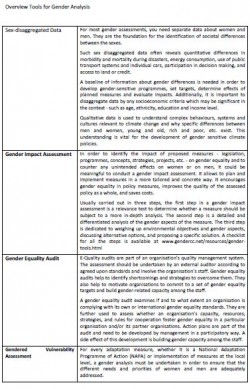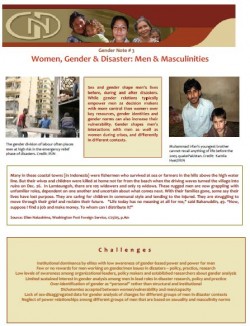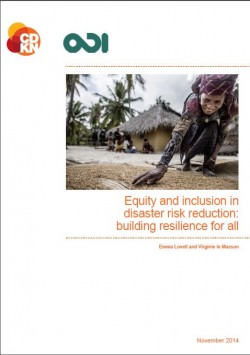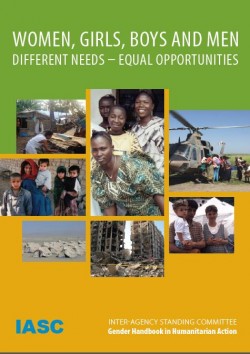Purpose
This document provides an overview of tools required for gender analysis.
Overview
The tools are:
- Sex-disaggregated data: For most gender assessments, separate data is needed for women and men. This is the foundation for the identification of societal differences between the sexes.
- Gender impact assessment: This helps in identifying the impact of proposed measures on gender equality, and in countering any unintended effects on women or on men. It encourages gender equality in policy measures, improves the quality of the assessed policy as a whole and saves cost.
- Gender equality audit: This helps to identify shortcomings, and strategies to overcome them. It also helps to motivate organisations to agree a set of gender equality targets and build gender-related capacity among staff.
- Gender vulnerability assessment: Vulnerability should be assessed through the eyes of the vulnerable. Separate consultations with women may uncover gender-differentiated vulnerabilities and gender-sensitive adaptive responses.
- Participatory methods: Actively strengthening participation of women and men in planning and public consultation is highly important. Very few policies are gender neutral.
- Gender budgeting: The basic principle of gender budgeting is to connect two policy areas that used to be separated: gender inequality, and public finances and programmes.
Usage: Guidance for project implementation
Audiences: Technical staff; Gender and diversity practitioners
Reference: Gender CC. (2012). Overview Tools for Gender Analysis. Pp.1-2. Available from:http://comm.gendercc.net/pluginfile.php/145/mod_resource/content/3/Table_Tools_for_Gender_Analysis.pdf [Accessed: 20th September 2015].
![]()





